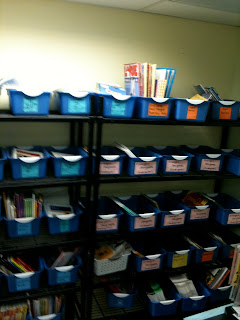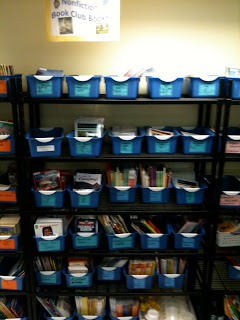You are the best writer in the room! The stories you model in front of your students are important. They are watching your every move as a writer so be brave, be bold, and write! Here are some tips:
- Write yourself into the same predictable trouble as your students and then carefully, step by step, show them how you work out of that trouble and raise the quality of your writing.
- Choose topics in which your students can relate to you. I like writing about moments from my childhood. Some of these moments are happy but some are not. I also like writing moments from my life now that show me in a different or not so perfect light in front of my students. I'll write about losing the laundry card (an urban living mishap), chasing a moth in our apartment, discovering that Oliver the dog was sick at Gina's house, or running in the rain because I had to have a special cupcake with my friend Ellen.
- As kids get older I tend to model for them how I search for not just any story idea, but stories that are significant to me and the other people in my life.
Here are some of the examples of the writing I keep with me to use in minilessons. This is just a small sample of what is inside my folder and I encourage teachers to write more than one demo piece per unit so kids can see how you finish one story, move on to the next, and perhaps revise an older one.
"Lost and Found Watch"
This is a story about the time when I found my lost watch at the Pike's Place Fish Market at 6:00 am! I sketched the story so I could teach the writers how to draw representational pictures to match my oral story. I also use this piece to teach young writers that they can add dialogue in their oral story just by adding speech bubbles to the pictures. I touch the bubbles when I say the dialogue in my oral story.
"I ran down to the market early in the morning where I thought I may have left my watch. I asked the fish guy, 'Do you have my watch? I think I left it here last night. I caught a fish behind the counter and I think I took it off to wash my hands.' The fish guy said, 'Yea, I think we have it. Hang on.'"
The fish guy ran in the back of the market and talked to another guy. I stood there in my dress and waited. Then he came running out. 'Here you go,' he said as he held it up. 'Oh, thank you so much,' I said. He dropped his shovel and brought it to me.
"I was so happy that I started to cry a little bit. The fish guys brought me a dirty fish towel to wipe my tears away. 'Thanks' I said, as they wiped my tear. I was so happy to have the watch back on my wrist."
You can also see a page of this same story that I used to teach kindergarten writers to use the ABC chart to add labels to their pictures. I usually coach kids to label at least 5 things in their pictures so they get lots of practice using the ABC chart as a tool as well as what they learn in word study time.
"Single Scoop of Mint Chip"
I use this piece of writing to demonstrate some elaboration techniques such as slowing down the action, adding dialogue, and setting. You will also notice I have done some revision on the run with students and bigger revisions with the strips. I like the Revision Unit of Study book in the Primary Units of Study by Lucy Calkins. The book in the series on revision was co-authored by Pat Bleichman and I think her story of writing in front of students is particularly powerful.
See page two revisions with the strip below:
I also used this past page to demonstrate rereading and listening for places where a writer needs to use punctuation.
I also want to include demo writing from teachers on this blog. Jolene is a second grade teacher who worked hard to support her students to write significant stories from their lives and imbue them with meaning using various elaboration techniques. Bravo to Jolene and her colleagues Dimitra and Charles for writing in front of their students and in turn, raising the quality of the students' writing. I can't wait to feature more of you!
"New Kid on the Block"











































